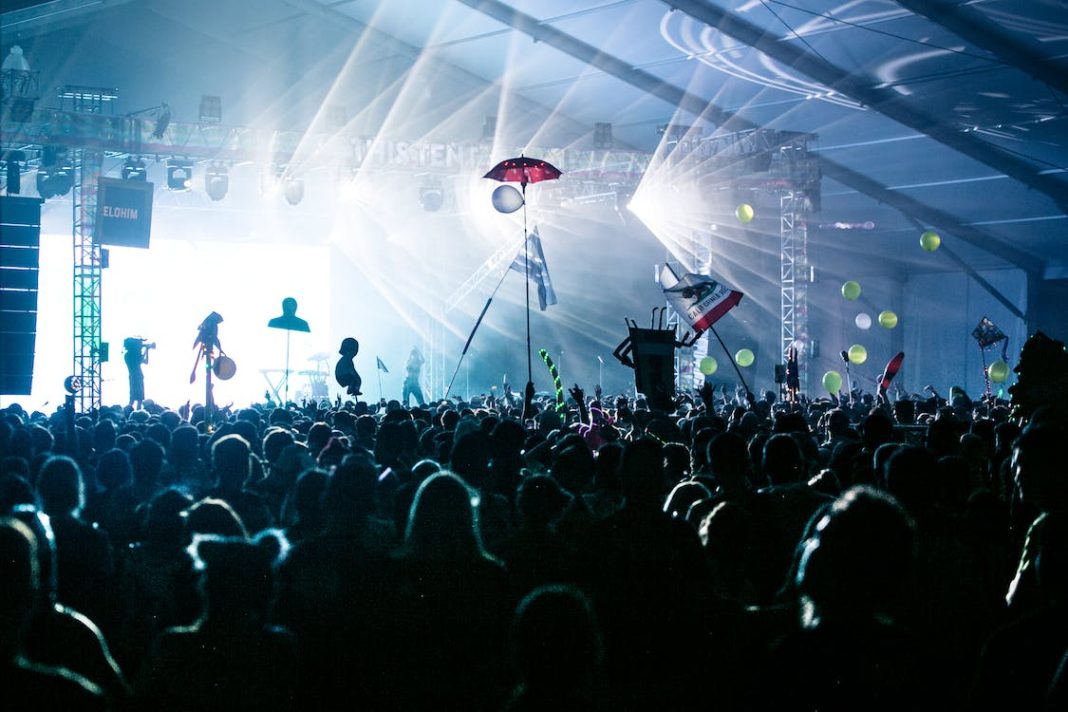During the pandemic, even the few remaining media entertainment outlets that remain analog — like concerts and stages — have moved into the digital realm. While (hopefully) in 2022 we’ll be back to spending more time outside of our homes, creators, and producers want to maintain the growing reach they’ve developed.
So here’s my overview of some of the most important trends that will impact the way we use digital media and entertainment over the next 12 months. Please note that this article does not cover the gaming trends that, although technically considered entertainment, will be covered in an upcoming article.
Artificial intelligence
Artificial intelligence (AI) will continue to have a transformative impact on the entire media industry. In this industry, its three most important functions will be recommendation, speech recognition, and vehicle automation. Since the advent of Netflix and the streaming services that revolutionized the way we discover and consume entertainment, each provider has invested in recommender technology to present content effectively and more accurately for audiences who understand the content and will find it valuable. Netflix says 80% of its distribution is recommended, and it and all other streaming providers will compete to improve that score throughout 2022. For example, AI is also used in content automation to create movie clips or music that we are most likely to be interested in using in previews and thumbnails. So, if a service knows that we tend to lean towards romance, then when we preview a movie with action and romance elements, we’re more likely to see scenes with weak elements.
Super Universe
Virtual events, performances, and shows have all grown in popularity as much of society has locked down or restricted how often we can leave our homes. This marks the arrival of the metaverse – an online, continuous, and interconnected digital environment where we can meet to socialize, work, and of course have fun! Metaverse performances like the Ariana Grande and Bruno Mars concert that took place last year in the online game Fortnite are just a glimpse of what’s to come. While Metaverse may not quite reach the level of sophistication of Ready Player One in 2022, it will increasingly become a place where we share entertainment with friends from the comfort of our lobby. Streaming services, including Hulu and Disney Plus, already include “watch party” features that let you share movie time with groups of friends no matter where you are in the world.
NFT
A non-fungible token — a blockchain-hosted certificate used to document ownership of digital assets and enable “unique” digital content — controversial but undeniable as a revolution. And the media and entertainment industries are certainly not immune to their potentially transformative impact. While we primarily see them used to enable the sale of digital artwork, we’ll increasingly see them used for everything from managing intellectual property to selling-based content. on the program. The new program by Rick and Morty creator Dan Harmon, Krapopolis is said to be hosted entirely on blockchain and will have its own marketplace for program-based NFT trading. NFT also has the potential to impact how artists and stars connect with fans by allowing them to post exclusive collections that can be collected as fans digitally interact with their idols. Their own, similar to how signatures are used to record real-world encounters. !
Social Media 2.0
Social media is constantly changing – how many people reading this is still updating their Myspace page? Facebook remains the largest social network by a certain margin, but throughout 2022, the social network will continue to yield users, especially young people, to new competitors as they continue to be marginalized and attracted by the “next big thing”. Social Media 2.0 can be seen as defined by the desire to remedy some of the negatives identified in “traditional” social media. This includes data and privacy issues, identity theft, the spread of misinformation and fake news, and creates opportunities for teasing and bullying. Social Media 2.0 also includes the concept that the way we consume traditional media from networks like CNN and Fox News is rapidly changing. Today, it is increasingly likely that content from these producers will be consumed in small form through platforms like Youtube or shared on Twitter and TikTok, where that content can be discussed and shared, evaluated rather than just passively consume. In turn, this is driving a shift in how content is created – with an additional focus on content that can be grouped into smaller, shareable chunks.
The Economy of Creators
Ultimately, traditional, mainstream, and mainstream forms of media and entertainment will continue to lose ground to more personalized, niche, and community-driven media known as the economy. The mainstream media will try to emulate the methods of platforms like YouTube, TikTok, and Twitch by positioning their stars and celebrities as “influencers” and integrating multiple more community-generated content into their production. Short videos and creator-focused platforms will grow in popularity, especially those that allow audiences to develop relationships and personal connections with favorite creators and influencers. The amount paid to creators through the Patreon platform has doubled from $1 billion in 2020 to $2 billion in 2021, and this growth is expected to continue through 2022. Signs that the public is increasingly satisfied with the idea of bypassing the net and a platform to connect directly with their favorites.












